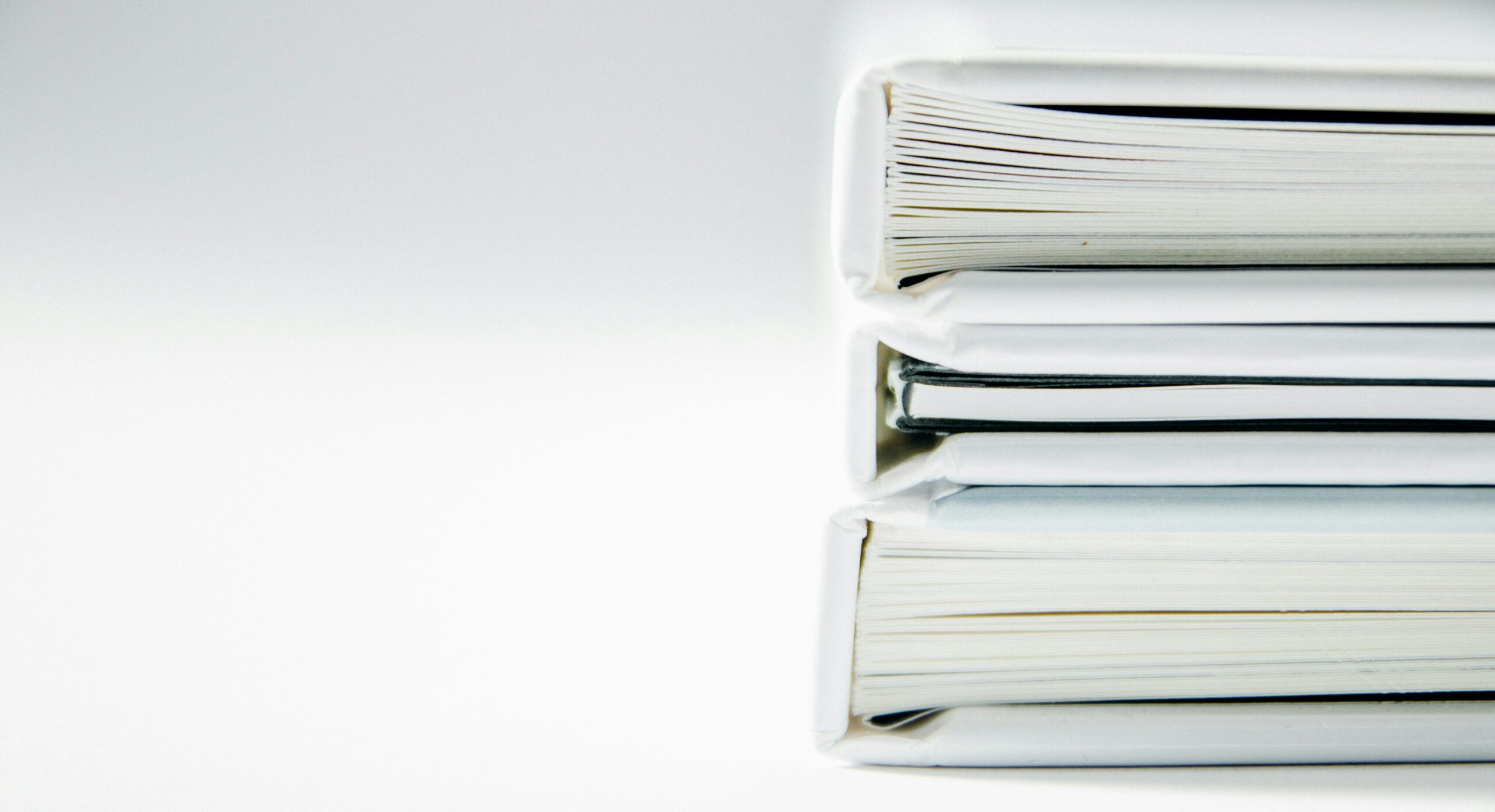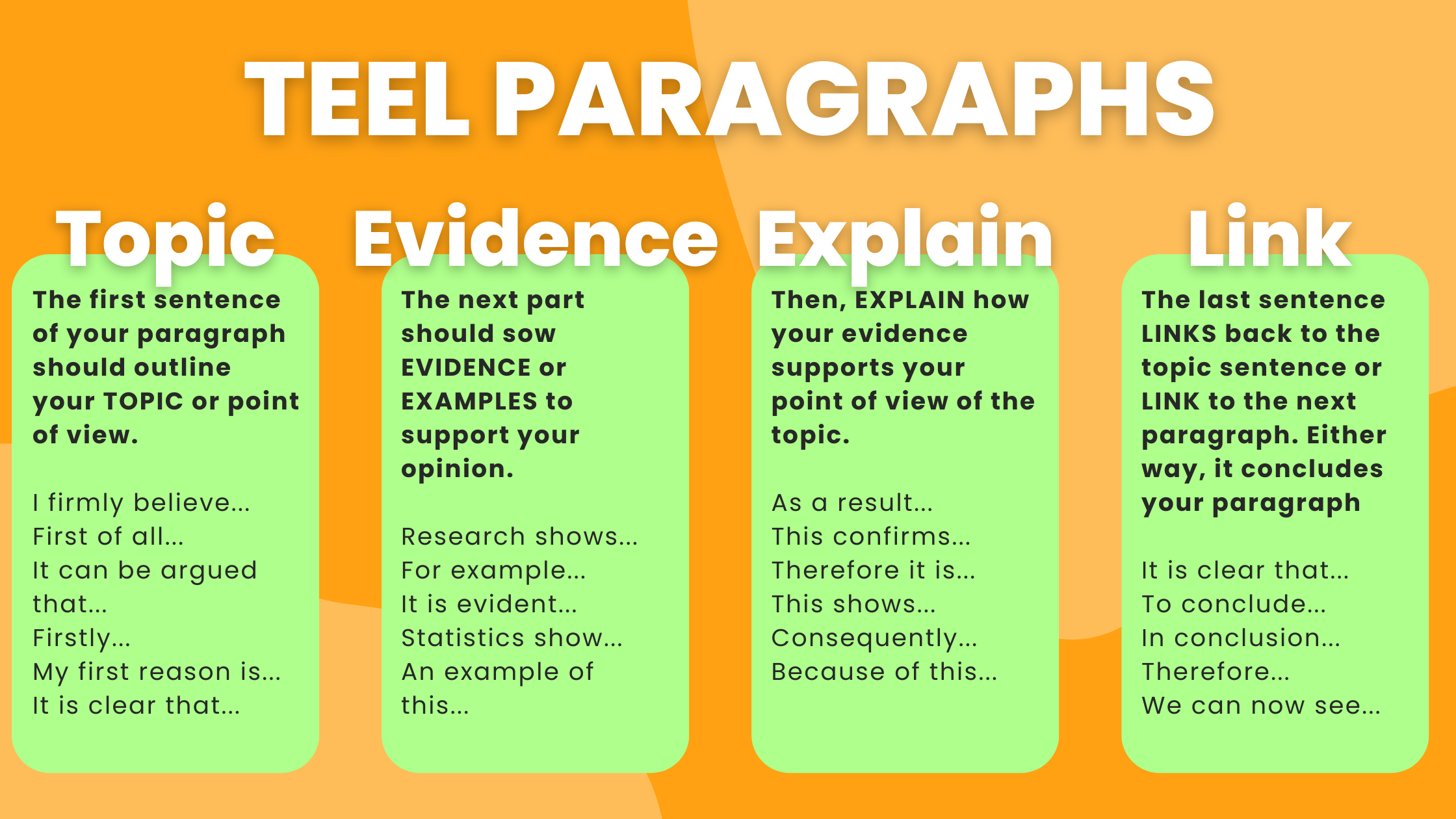How To Write TEEL Paragraphs
Hello fellow writers! This week schools are in full swing, and Australian universities are back, so I think it’s a good time to review a writing basic. Are you ready to learn about writing strong paragraphs?
Whether you are a published essay-writer, or just starting to learn about writing structure, mastering TEEL paragraphs can be a game-changer!
What is a TEEL Paragraph?
So, what exactly is a TEEL paragraph?
Well, it's an acronym that stands for Topic sentence, Explanation, Evidence, and Link. Therefore, think of it as your secret formula for building robust and compelling paragraphs that captivate your readers and convey your ideas effectively.
Let’s break it down…

Topic Sentence: Set The Stage
Every great paragraph starts with a clear and concise topic sentence that acts as the foundation for what's to come.
So, this sentence should introduce the main idea or argument of the paragraph, giving readers an idea of what they should expect. The topic sentence grabs attention and sets the tone for what follows.
For example, Imagine you're writing an essay about climate change. Your topic sentence could be something like, "The alarming rate of global temperature rise poses a significant threat to the planet's ecosystems."

Explanation: Delving Deeper
Once you've hooked your readers with a compelling topic sentence, it's time to delve deeper into your argument. This is where the explanation comes in. It provides context, clarifies your point, and expands on your ideas.
With our example, you could explain the various factors contributing to rising temperatures, such as greenhouse gas emissions, deforestation, and industrialisation.

Evidence: Backing It Up
You will need facts, statistics, quotes, or examples to support your argument. This evidence should be timely (not too old), relevant, credible, and compelling.
Therefore it will help to strengthen your point and persuade your audience. Evidence might include quotes from scientific studies or reports from reputable organisations.
In our example, they may illustrate the impact of rising temperatures on weather patterns and biodiversity.

Link: Connecting The Dots
The link is the glue that holds your paragraph together. This final part of a TEEL paragraph ties everything back to your topic and prepares the reader for what's coming next (which might be the next paragraph).
By connecting the dots between your topic sentence, explanation, and evidence, it ensures a seamless flow of ideas throughout your writing.
For example, in our climate change paragraph, you might link back to your topic sentence by reiterating the urgency of addressing global warming to mitigate its devastating effects on the planet.

TEEL Paragraphs: In Conclusion
Now that we've dissected the TEEL paragraph structure, why don’t you put it into practice?
Can you write a paragraph about whether technology is a help or a hinderance? If you send it to me, I’ll give you some feedback!
Editing is the most important step, so don’t be afraid to revise and refine your paragraphs until they shine.
So, whether you're writing an essay, a blog post, or a research paper, keep the TEEL paragraph structure in mind as your trusty guide. Start with a strong topic sentence, add an explanation, follow with compelling evidence, and end with seamless links back to the topic sentence.
With this formula, you are well on your way to crafting engaging and persuasive paragraphs that leave a lasting impression on your readers.
Like I do in my books. You can see examples of this in my books Saving Sun Bears and the Wildlife Wong series. Happy writing!
